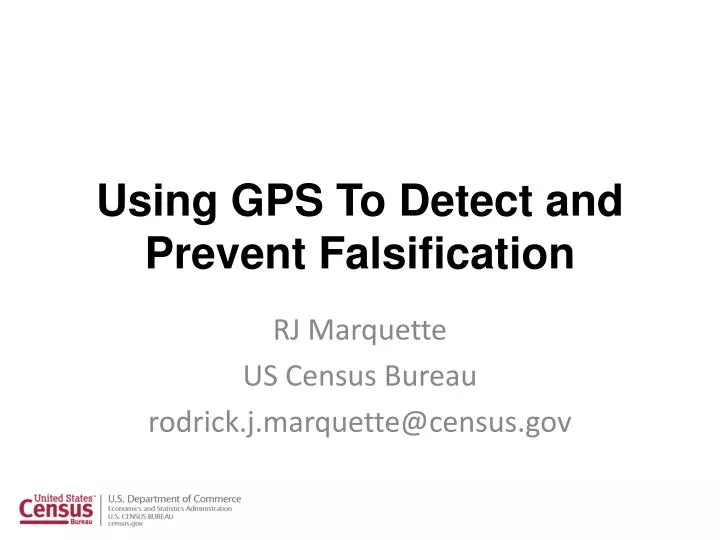

#Used runonly to avoid detection for software
Configure operating systems and/or third-party software to run only authorized applications. Use products or services that block access to server names, IP addresses, or ports and protocols that are known to be malicious or suspected to be indicators of malicious system activity.
#Used runonly to avoid detection for install
Run scheduled checks to identify available patches, and install these as soon as feasible. Set your software to automatically scan emails and flash drives. Some basic preventative steps that an organization can take now to help prevent ransomware threat include: This includes identifying and protecting critical data, systems, and devices, detecting ransomware events as early as possible (preferably before the ransomware is deployed) and preparing for responses to and recovery from any ransomware events that do occur. Organizations can follow recommended steps to prepare for and reduce the impact of successful ransomware attacks.

The profile can also be used to identify opportunities for improving cybersecurity to help thwart ransomware. That includes helping to gauge an organization's level of readiness to mitigate ransomware threats and react to the potential impact of events. The profile can be used as a guide to manage the risk of ransomware events. The Ransomware Profile maps security objectives from the Cybersecurity Framework to security capabilities and measures that support preventing, responding to, and recovering from ransomware events.

The following information is from this new NIST document: The draft NIST document can be downloaded at this link: Any member of the public who wishes to make comments on this draft may do so by October 8, 2021. This revision includes comments incorporated from a review of the preliminary draft in June 2021. NIST just released a new draft of the NISTIR 8374, called the “ Cybersecurity Framework Profile for Ransomware Risk Management” framework.


 0 kommentar(er)
0 kommentar(er)
